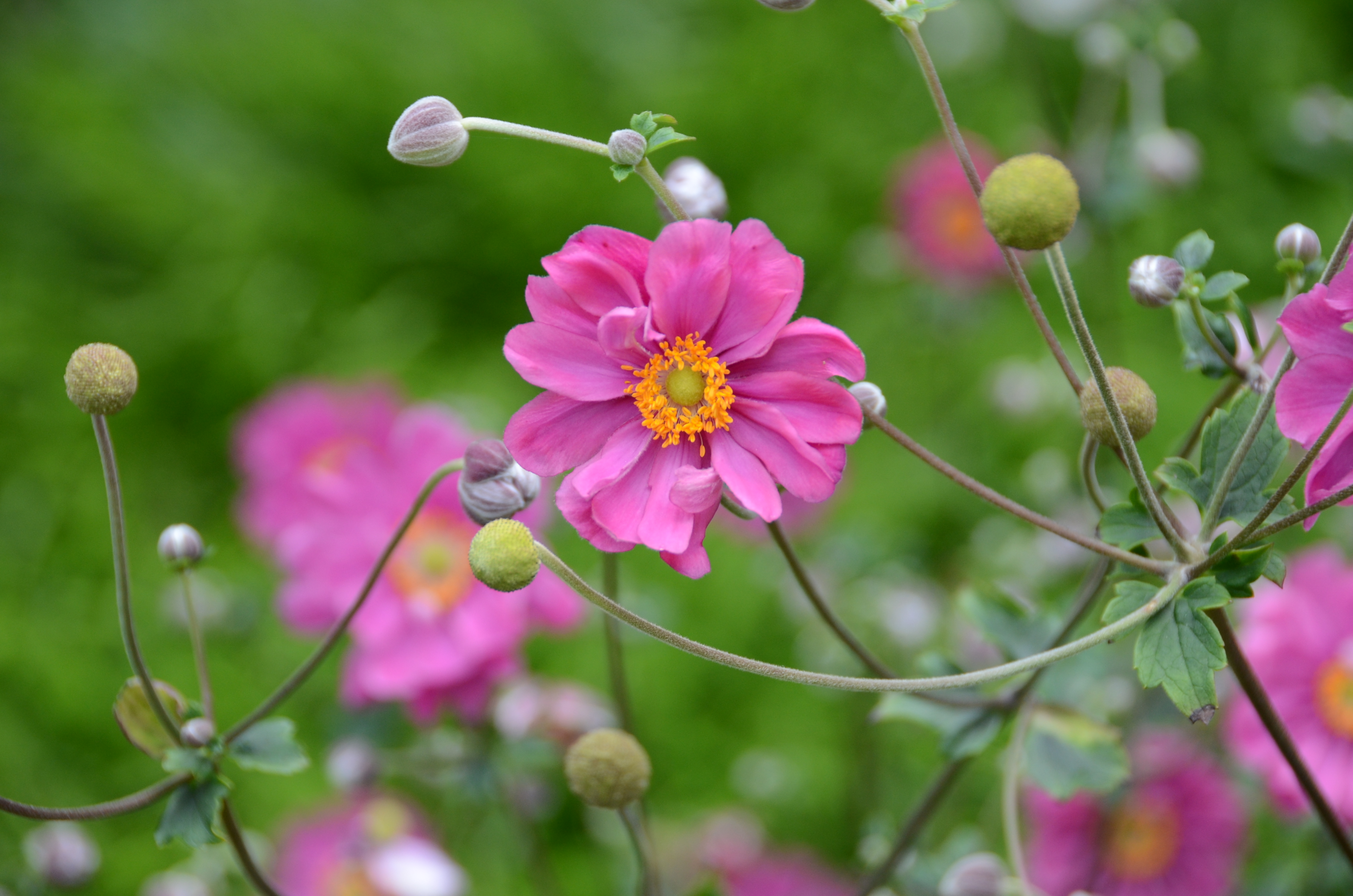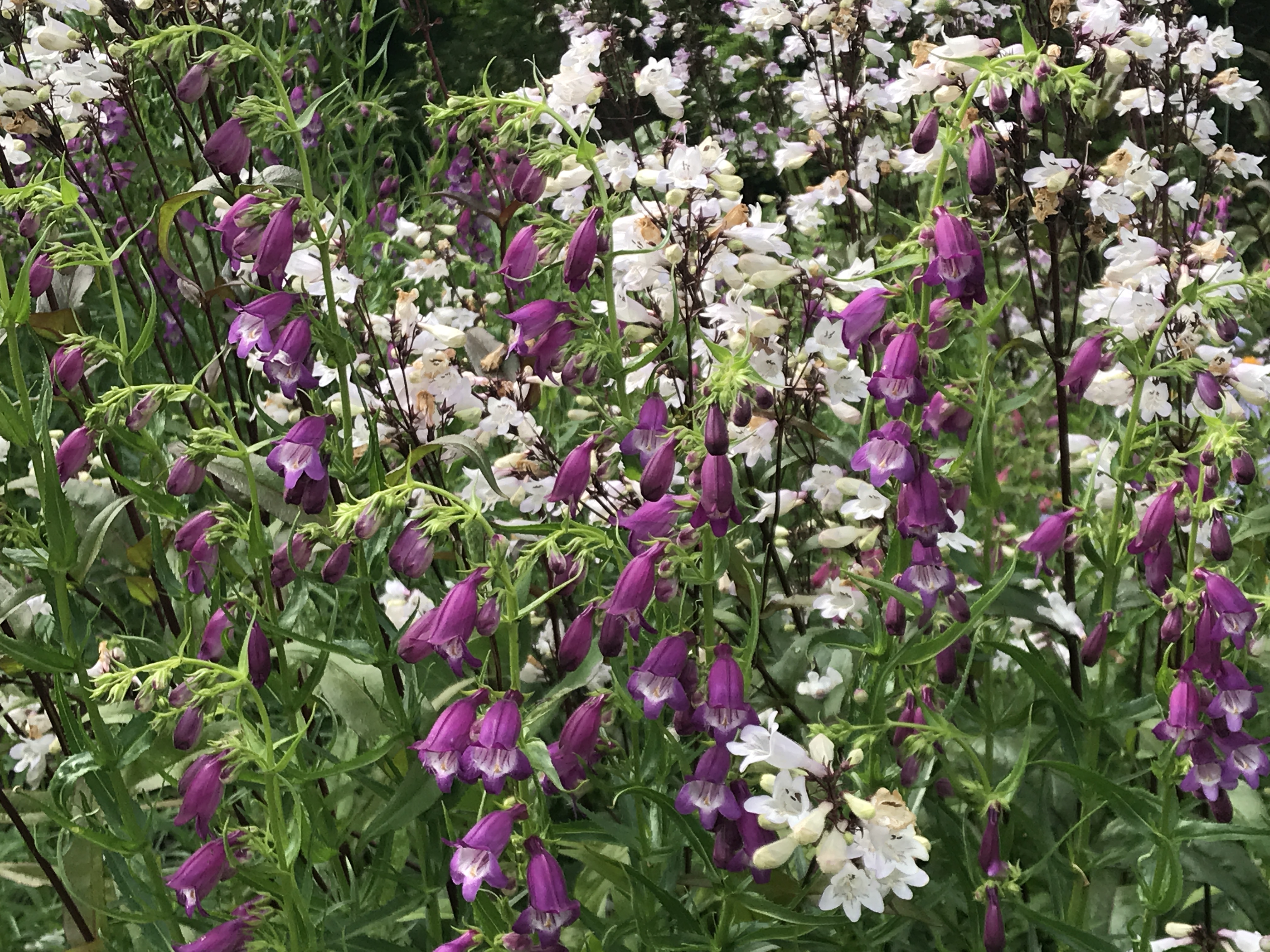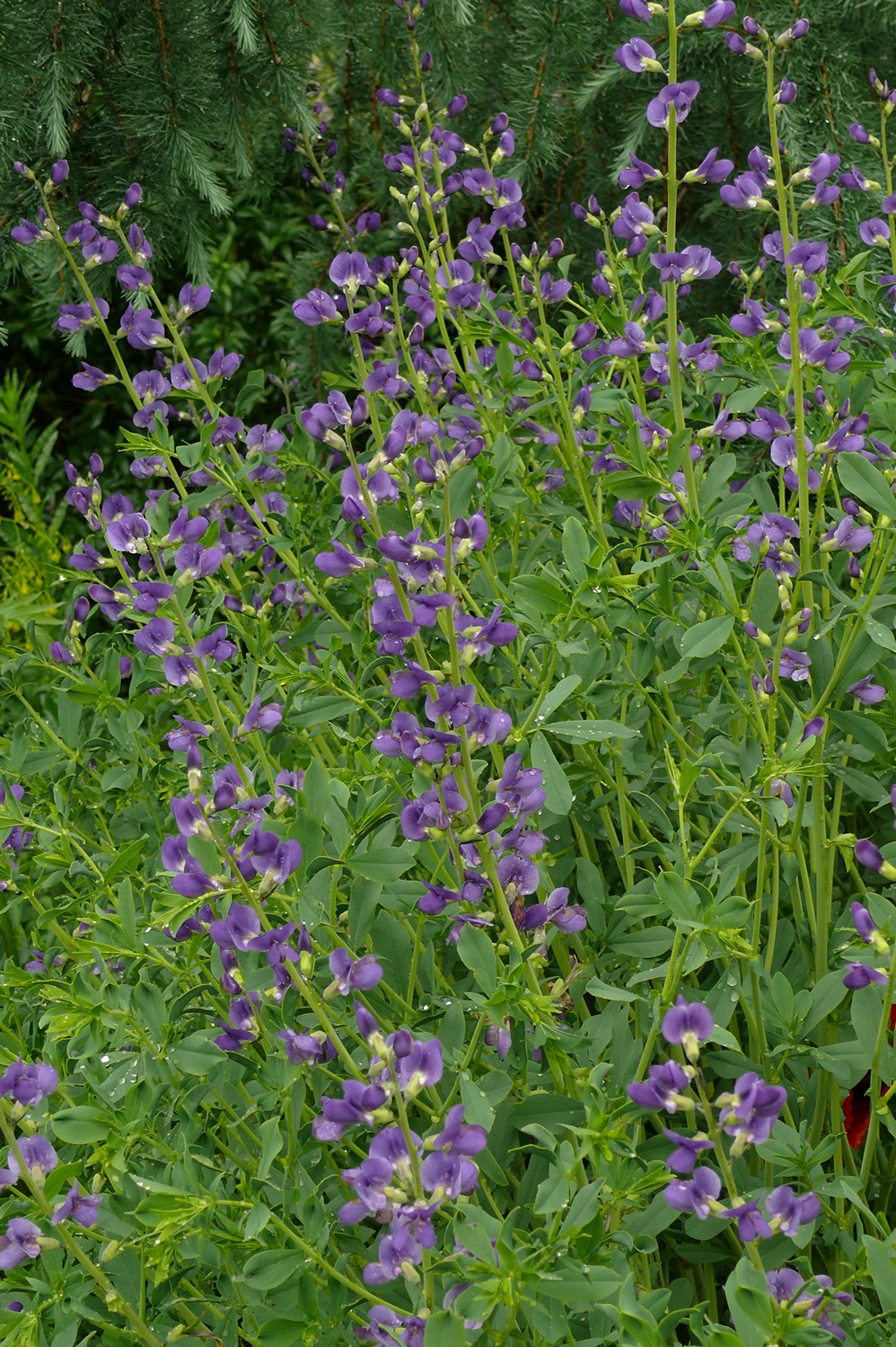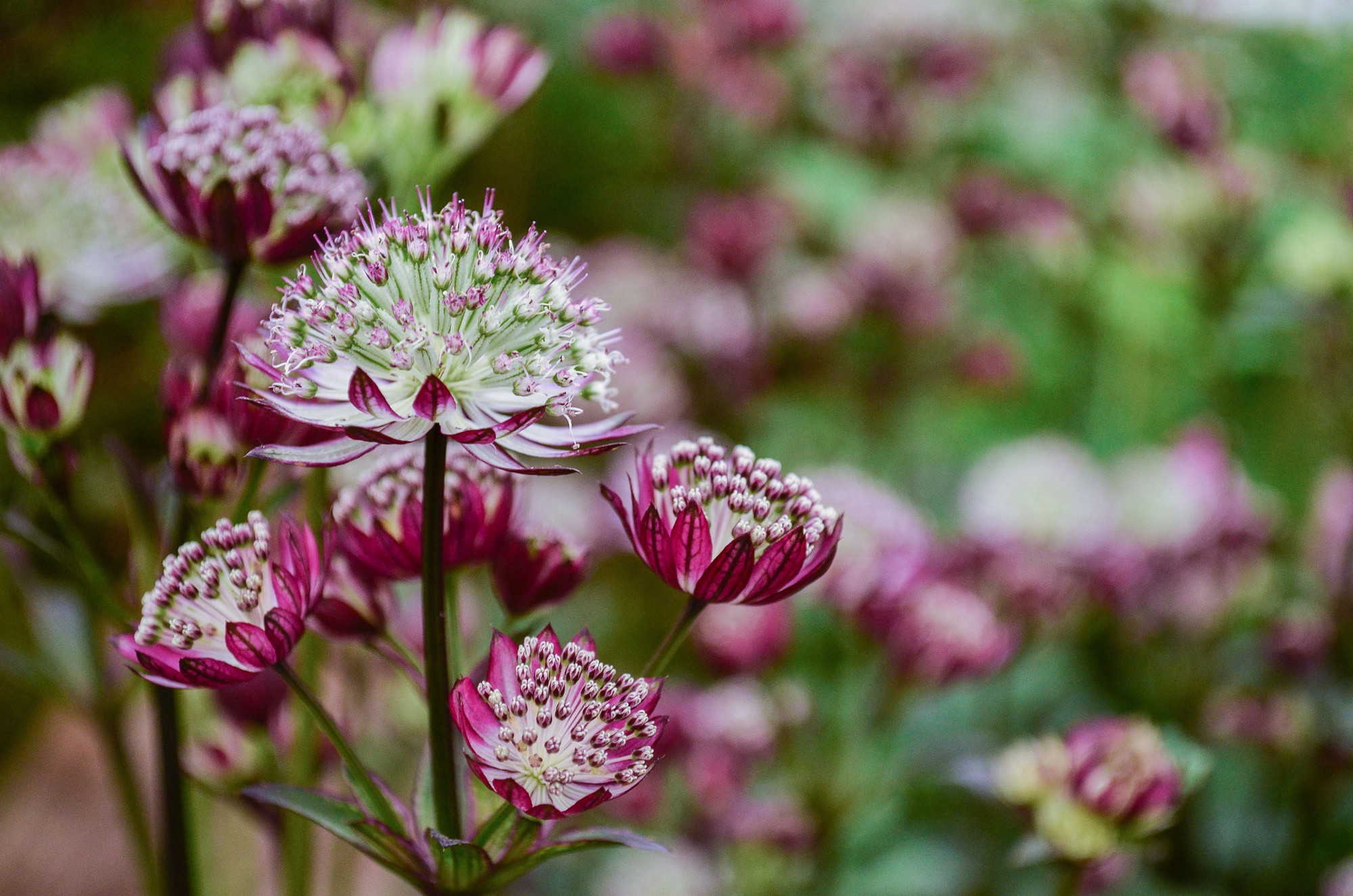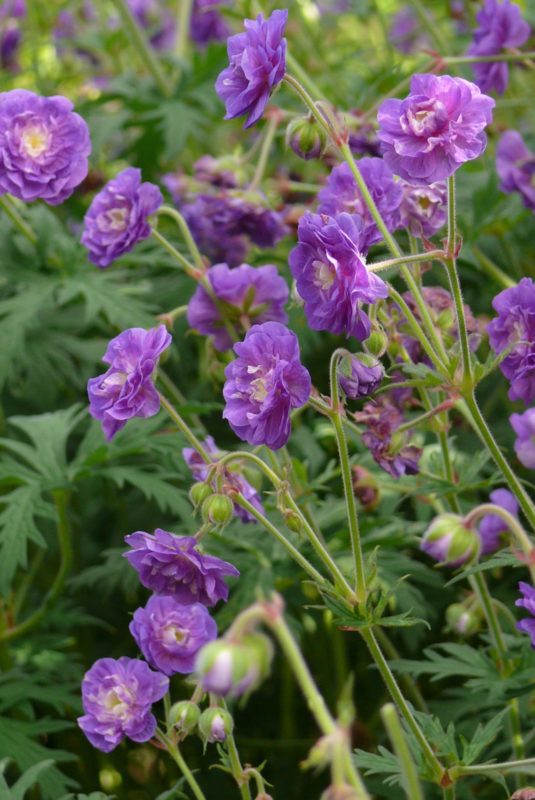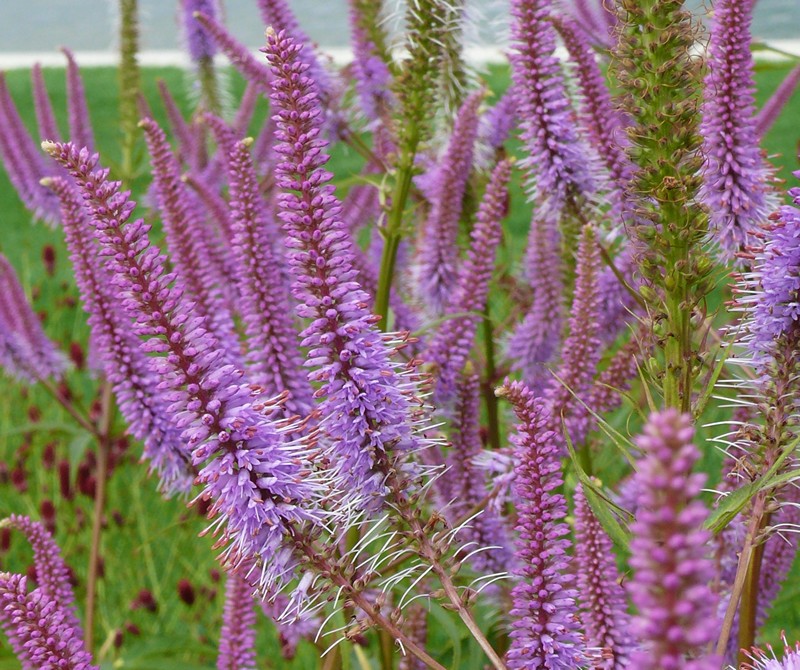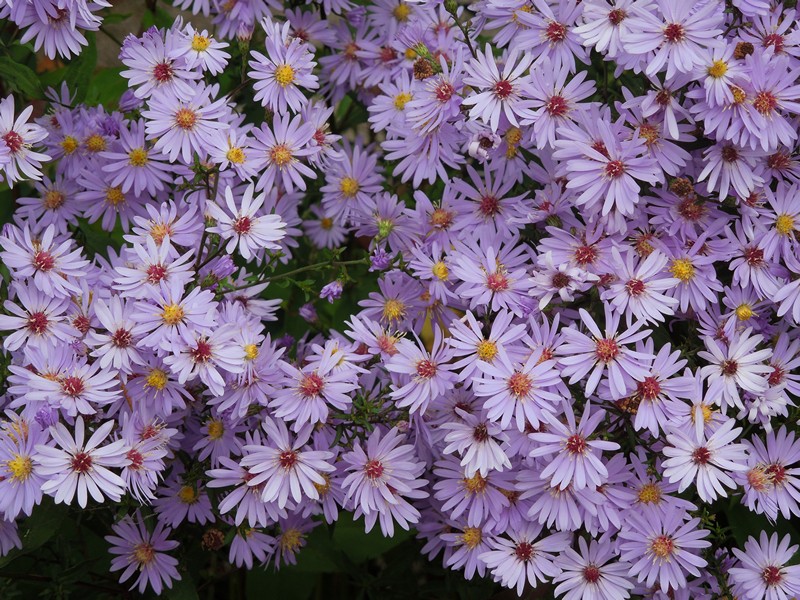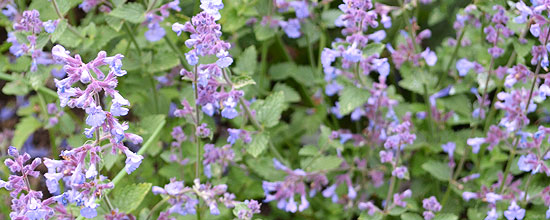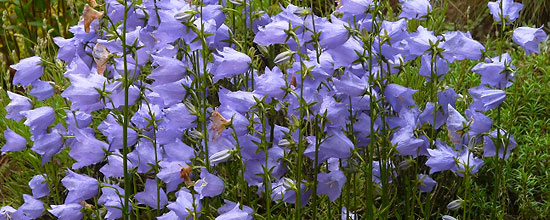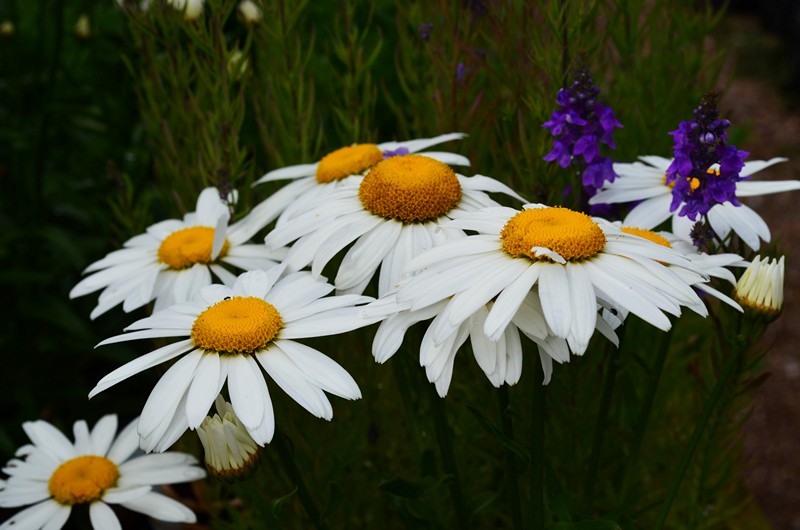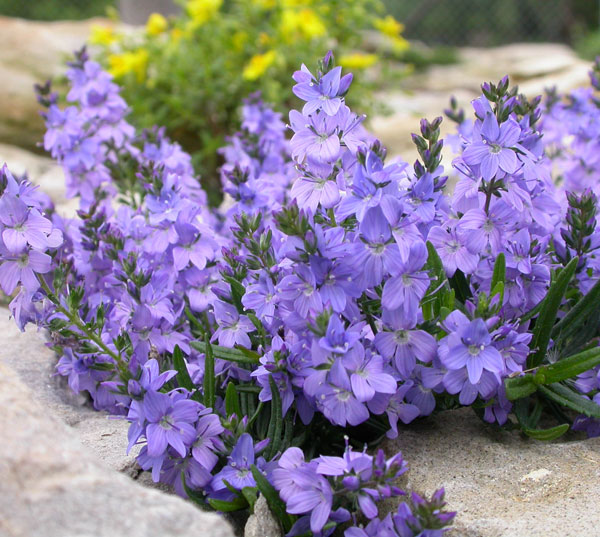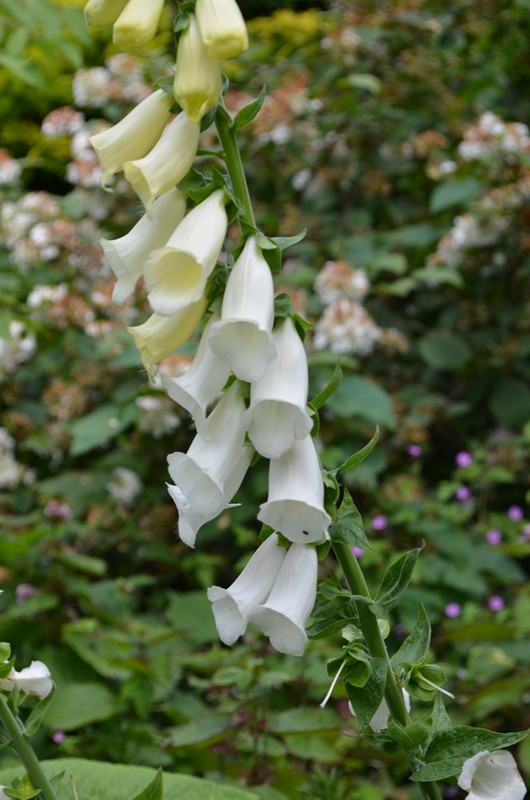About 25 foxglove species (Digitalis) the family krtičníkovitých (Species) It is native to Europe and Asia. Many of them have high ornamental value, horticultural practice uses several of them, usually a biennial or short perennials. All species contain cardiotoxic glycosides and are poisonous, some of them are also used as medicinal.
Foxgloves reproduce generative of sowing in April-June. Seeds are small, therefore only lightly sprinkle substrate, or even a humid. At a uniform humidity and at about 20 ° C, seeds germinate rapidly, usually during 14 days. The seedlings are planted and pierces the habitat in autumn, during September-October. When there is enough seed is often used direct seeding at sites with subsequent protrháním.
With the exception of a few species of foxgloves tolerate lime. They are like solitary or in perennial flower beds in the sun or in the shade, well apply in plantations natural character. Most species are also excellently suitable for cut.
Undoubtedly the best known and most commonly grown species is the foxglove (D. purple). It grows wild in our country, but probably not the original, but introduced. Most often it is a two-year, But sometimes they last more years. In the first year the plant will create ground leaf rosette, of which in the second year grows erect a unilateral cluster of showy flowers. Often, the station keeps samovýsevem, therefore gives the impression of a classic perennials. A wide range of varieties includes colorful color mixtures and pure colors. Velmi oblíbená je velkokvětá směs 'Excelsior Hybrids' a také starší barevná směs 'Gloxiniaeflora'. rarer, but now also very popular with us, je světle meruňková 'Apricot Beauty'. There are also dwarf varieties lower, For example, depictions, only about 60 cm vysoká 'Dwarf Red'. Seeds germinate foxglove light, therefore we are sowing in a humid substrate.
Foxglove grows best nevápenitých, rather moist soils. Flowered varieties stand out nicely in mixed beds or as předsadba trees.
digitalis grandiflora (D. grandiflora, syn. D. ambiqua) is short-lived perennial, often grown as a biennial. Native to Europe and Asia, usually grows to a height 60-120 cm. It blooms in June and July, large yellow, inside brown flowers marked an unusual shape. Species grows wild in our country, most commonly occurs in light forests on nutritious soils with neutral soil reaction, better is he doing in the penumbra.
Steadfast interspecific hybrid D. × mertonensis comes from a cross D. grandiflora a D. purple. It is often described as the prettiest of all foxgloves. Great delicately pink flowers appear from May to June at 80-100 cm tall plants and nicely applies particularly in combination záhonech.
woolly foxglove (D. cream) – This biennial species is hardy to the original on the Balkan Peninsula, distribution area northwards to Hungary. Whole plants are strikingly tomentose, ocher to brown flowers interesting shape bloom in June-August. Unlike most species, he also thrives on limestone bedrock. As a medicinal plant is usually grown from direct sowing in rows around 40 cm spaced.
D. ferruginea It is native to southern Europe, across Asia Minor to Caucasus. It is grown as a biennial to short-term perennial, blooms in July-August interesting tan flowers with brown veins. Plants are flowering when up 150 cm high, usually unbranched. They grow well in drier permeable soils in sun or in shade.
less common, but very nice kind D. obscura It is native to Spain and North Africa. Orange-red flowers are tubular, 2 when 3 cm long, bushy clumps are branched, bottom dřevnatějí. The plant thrives only in warmer areas, They grow well in dry soils the sun, or in the shade.
The article was published on the website of the Association Czech perenářů courtesy magazine Zahrádkář.




